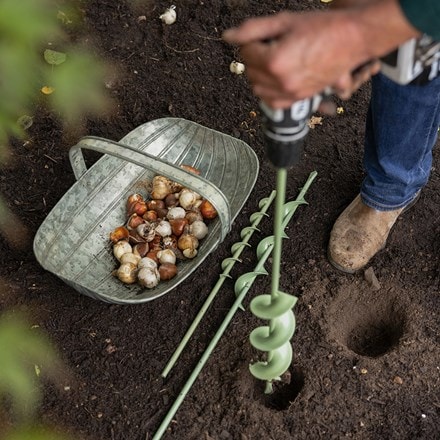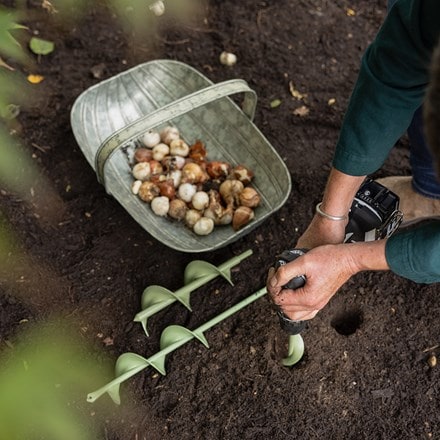Spring-flowering crocus collection
crocus collection
- 1 × collection | 75 corms
- £23.95 £0.32 each
- available to order from summer
- 2 + 1 FREE collections | 225 corms
- £47.90 £0.21 each
- available to order from summer
Delivery options
- Bulbs (only) £4.99
- Position: full sun
- Soil: moderately fertile, moist, well-drained soil
- Rate of growth: average
- Flowering period: February to March
- Hardiness: fully hardy
One of the first flowers to emerge each growing season, the appearance of these spring-flowering crocus is a much-welcomed sight after a long, dreary winter.
Not only cheerful to look at, their flowers are rich in pollen and nectar, providing a very valuable food source for early-emerging pollinating insects, looking to top up their energy reserves.
Plant them in generous drifts and allow them to naturaise in lawns or borders, where they will go on to create bigger and better dispalys year after year.
Not only cheerful to look at, their flowers are rich in pollen and nectar, providing a very valuable food source for early-emerging pollinating insects, looking to top up their energy reserves.
Plant them in generous drifts and allow them to naturaise in lawns or borders, where they will go on to create bigger and better dispalys year after year.
In each collection you will receive 25 bulbs of each of the following:
- Crocus 'Snow Bunting': Yellow-centred white flowers, with a faint purple flush on the outside of the petals, add dazzling colour in late winter. Scatter the bulbs in large handfuls on top of the lawn and plant them where they fall to form naturalised drifts, or fill gaps at the front edge of a sunny border with generous clumps. If space is at a premium, they also look sweet when crowded into pots or windowboxes. Grows to 8cm.
- Crocus chrysanthus var. fuscotinctus: Fragrant golden yellow, goblet-shaped flowers, with a bronze-green base and purple markings on the outer petals, appear in February and March with their slender, strap-shaped leaves. Perfect for naturalising in a sunny border or lawn, they also work well in pots and windowboxes, where you will be better able to take advantage of their sweet-smelling blooms. Grows to 10cm.
Crocus 'Ruby Giant': Delightful, deep purple flowers in February and March and narrow, mid-green leaves. This early spring-flowering crocus is one of the best for naturalising in grass. Larger and more robust than other 'Tommy' varieties, it stands up well to winter weather, dying back gracefully after it has flowered. Grows to 8cm.
Plant bulbs in naturalistic drifts 10cm (4in) deep in September or October, in a sunny or lightly shaded spot with well-drained soil. Space bulbs to allow room for natural spreading over the years. Water in well after planting if the soil is dry.
Where bulbs are planted in grass, avoid cutting the lawn until the leaves have fully died back, as this allows the bulbs to store energy for next year’s growth. Mulching lightly with compost or leaf mould can help protect against harsh winter conditions and improve soil fertility.
For best display, plant in groups rather than single bulbs to create a more natural, colourful effect.
Where bulbs are planted in grass, avoid cutting the lawn until the leaves have fully died back, as this allows the bulbs to store energy for next year’s growth. Mulching lightly with compost or leaf mould can help protect against harsh winter conditions and improve soil fertility.
For best display, plant in groups rather than single bulbs to create a more natural, colourful effect.
- Humans/Pets: Ornamental bulbs - not to be eaten





